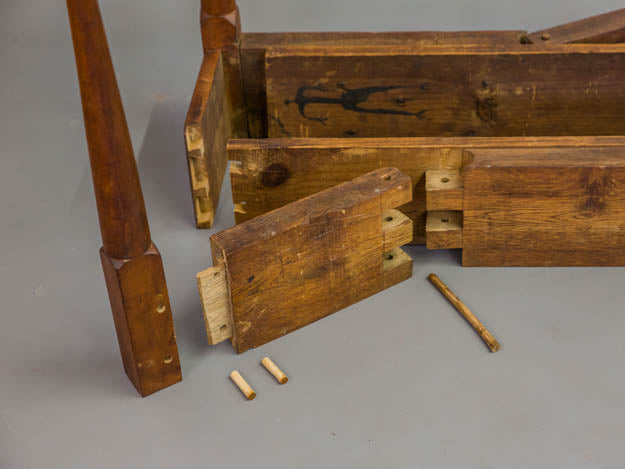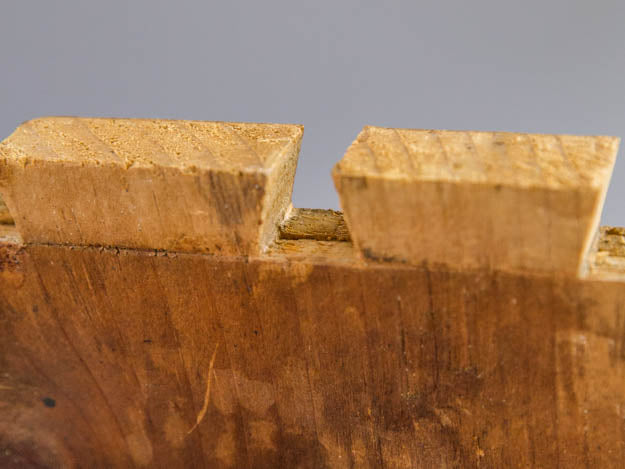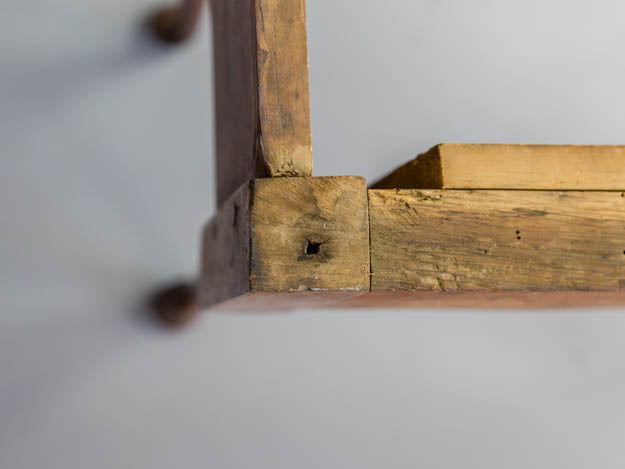
Every issue of M&T will have an in depth analysis of a particular period piece. In the last issue, we looked at a Federal Boston secretary. (Yes, the ebook is still in the works.) The objective with this kind of piece is to provide numerous up close and personal photographs of not only the pretty show surface, but also the guts of the thing. This is the stuff museums don’t typically publish for people and it’s exactly the kind of stuff that woodworkers want to see.

For Issue Two, I chose this mid to late 1700s New England table that I purchased at an auction earlier this year. I selected this piece because it’s not rare or unique in at all. This form and construction is typical and as such serves as a wonderful teaching tool for those that want to reverse engineer the pre-industrial process. By carefully disassembling a few of the joints, this piece gives us a unique opportunity to explore the mindset of an 18th century cabinetmaker.


This photo essay focuses on the tool marks that tell the story here with concise commentary pointing out some of the methods of the original artisan. In this piece, you’ll see not only how the drop leaf is constructed, but also the secondary surfaces and workmanlike solutions that are relatively standard features of pre-industrial work.

Stay tuned for more contents to be found in the upcoming Issue Two.

